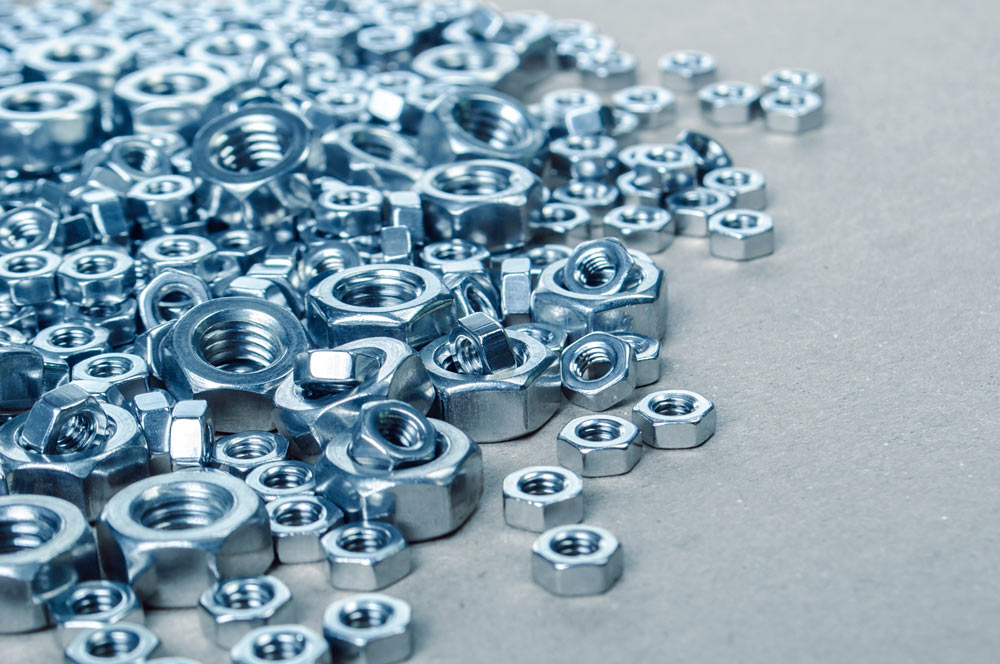Corrosion Protection of Electroless Nickel Plating vs Zinc Plating
A responsible metal finishing company would never posit that one finish is categorically better than another. The value of each plating material will depend heavily on how it is used.
Electroless nickel plating (EN) or zinc electroplating both offer excellent corrosion protection to the substrate, but they differ in a number of other ways that will push you towards a final decision.
Zinc Electroplating Properties |
Electroless Nickel Plating Properties |
|
|
Which Option Is the Best Plating For Corrosion Resistance?
Between the two, zinc tends to win on cost while nickel wins on finish. There are exceptions, though, such as when the chromated options for zinc are cosmetically desirable. Both offer great corrosion protection.
The key differences between the corrosion protection of electroless nickel vs zinc can be divided up like this:
- Electroless nickel is a more durable and long-lasting finish with higher hardness, which makes it more reliable in extremely corrosive and harsh environments. Since it’s cathodic to steel, flaws or nicks in the plate can lead to rust blooms, but it’s also a highly consistent finish so this is rarely an issue with an electroless process.
- Zinc provides more cost-effective corrosion protection on steel substrates because it’s anodic to steel. You won’t need to worry about using a thinner plate or an inconsistent finish, since it will still galvanically protect the steel. However, it will wear down over time and is thus better for uses where there are fewer forces to degrade it or rub it off.
Talk to an Expert
Still have questions? Contact a metal finishing expert for personalized guidance on the considerations that should weigh on your choice of zinc, electroless nickel, or another plating for corrosion protection. Our team has decades of experience and a customer-centered mission. Just share the details of your plating project and we’ll help you to identify the best solution for your needs.

